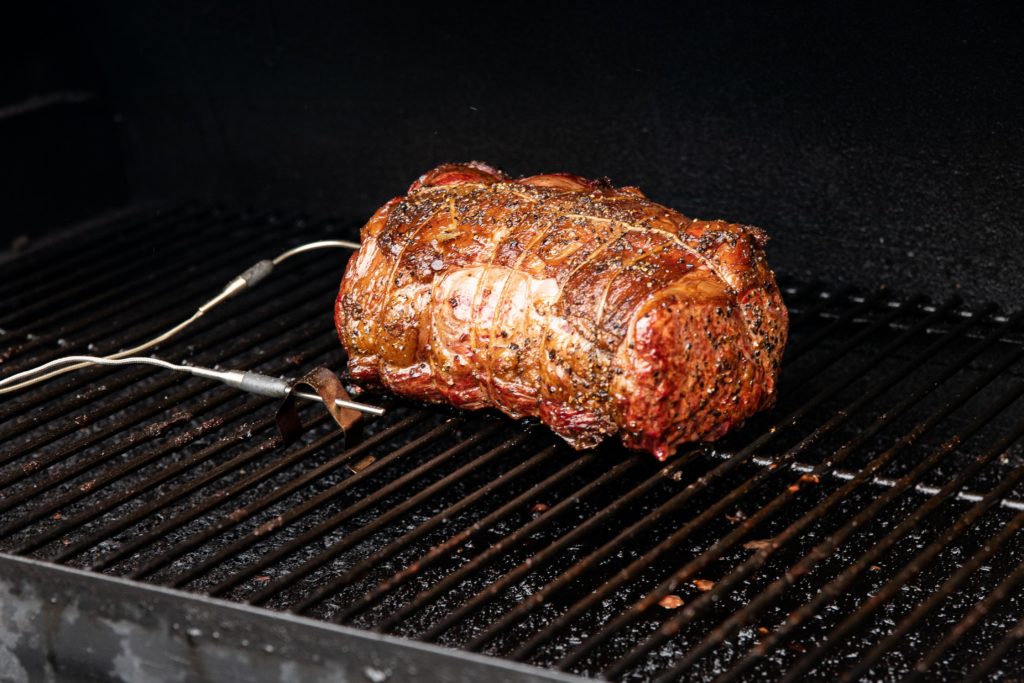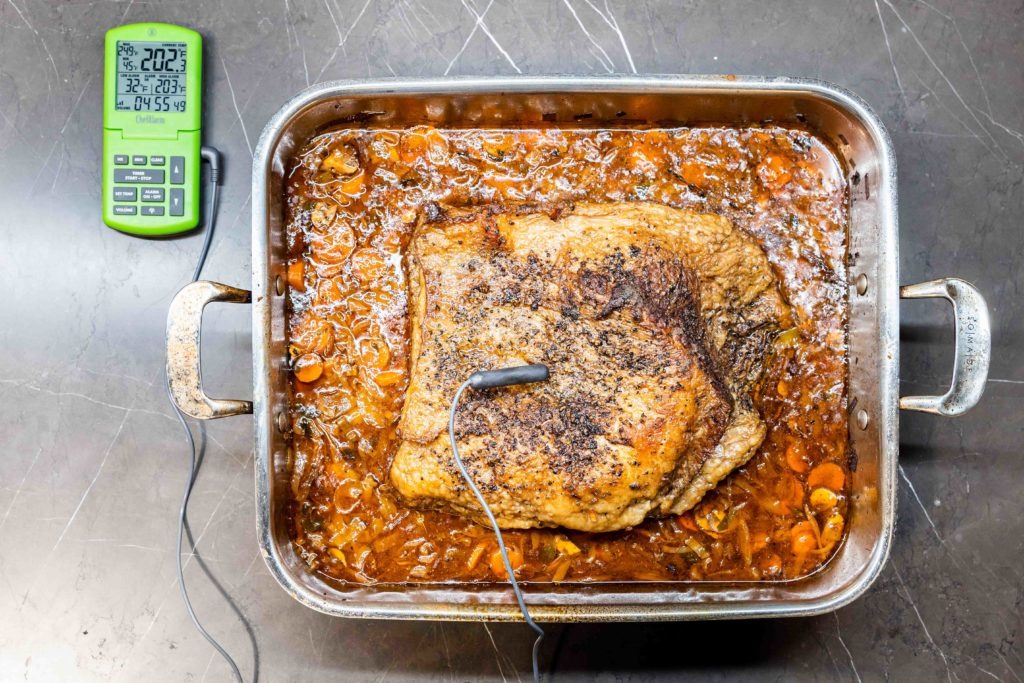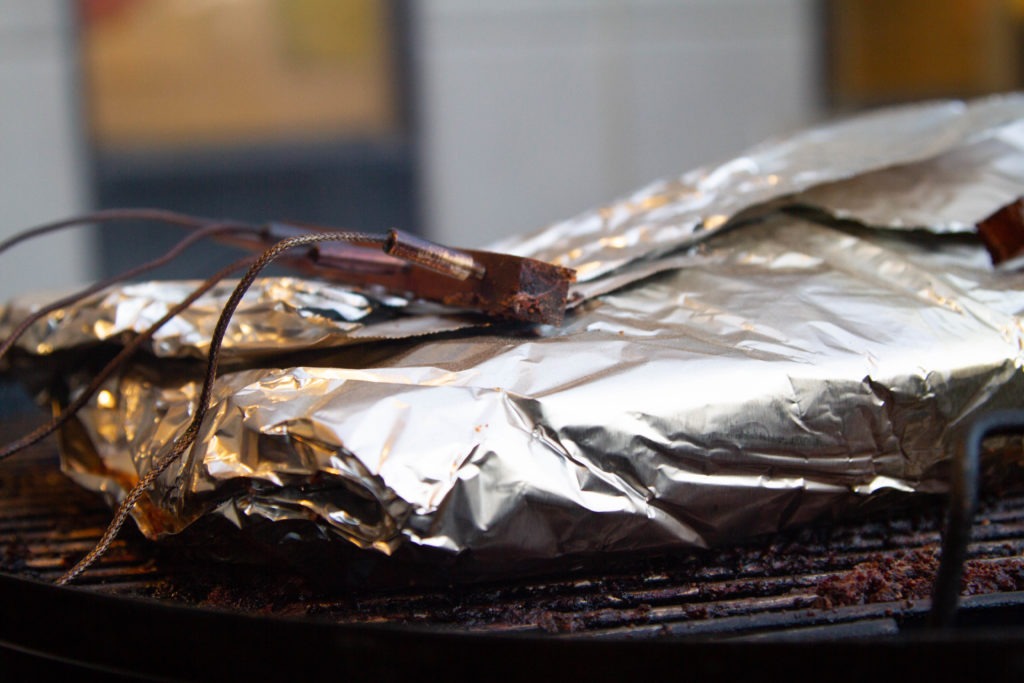We’re going the opposite way from our last post on Meat Cooking 101, which was about cooking Hot and Fast: we’re going Low and Slow.
This blog has a lot of writing about cooking low and slow. In this post, we want to talk about the why, along with the what and the how. Why is low and slow cooking so important for BBQ and classic braises? We’ll talk about that, as well as the tools you need to get better at low and slow cooking.
Whether you’re roasting a chicken or grilling pork chops cooking meat properly is crucial for both food safety and optimal flavor. Two of the most commonly cooked meats pork and chicken, each have their own ideal cooking times and temperatures. But when it comes to speed, which one cooks faster – pork or chicken?
The answer depends on a variety of factors. While general guidelines provide approximate cooking times, the cut, size, and preparation method all impact the time needed for pork and chicken to cook through safely Let’s closely examine how these two proteins compare
Key Factors in Cooking Time
Several key considerations affect the cooking time for pork and chicken:
Cut of Meat – Tenderloin and chops cook quicker than shoulder or legs. Boneless pieces are faster than bone-in.
Thickness – Thinner cuts cook faster than thick cuts
Method of Cooking: High heat, grilling, and pan searing take less time than slow cooking, roasting, or smoking.
Temperature – Measuring with a meat thermometer determines doneness versus guessing based on time.
Quality – Higher quality, fresher meat often cooks quicker than older, lower quality protein.
Marinades/Brines– Acidic marinades slightly breakdown meat fibers speeding cooking while moist brines retain juices keeping meat tender.
Size/Weight – Larger, heavier pieces of meat require more time to cook through than smaller portions.
These factors make it impossible to definitively say pork or chicken cooks faster independently. The specific cut, prep, and cook methods matter more than the type of meat itself.
Pork Cooking Times and Temperatures
Safe pork cooking relies on reaching appropriate internal temperatures measured by a meat thermometer.
Chops, Tenderloin – Cook to 145°F with a 3 minute rest. Approximately 5-8 minutes per inch of thickness.
Shoulders, Roasts – Cook to 145°F then rest until 155°F-160°F internal temp. Around 20-30 minutes per pound.
Ground Pork – Cook to 160°F internal temperature with no resting needed. Roughly 7-10 minutes for 1 pound.
Ribs – Cook until tender and reaching 145°F-160°F. Can take upwards of 3+ hours.
Ham – Precooked hams simply need to be warmed to 140°F. Fresh ham should reach 145°F-160°F.
Pork requires thorough cooking to eliminate the risk of trichinosis and other pathogens. But with today’s quality pork handling, pink pork is safe at lower temperatures.
Chicken Cooking Times and Temperatures
All poultry, including chicken, should reach an internal temperature of 165°F as measured by a meat thermometer.
Breasts – Cook to 165°F, around 8-12 minutes per pound. Grill for 6-8 minutes per side.
Thighs – Cook to 165°F, approximately 30-40 minutes for bone-in, 20-25 minutes for boneless.
Legs – Cook bone-in chicken legs to 165°F, roughly 40-60 minutes depending on size.
Wings – Grill or bake 15-30 minutes until crispy skin and 165°F.
Whole Chicken – Roast at 350°F about 20 minutes per pound until 165°F in breast and thigh.
Ground Chicken – Cook patties or meatballs to 165°F, about 7-10 minutes total.
Chicken cooked properly to 165°F is safe for consumption and retains juiciness. Reaching this temperature safely requires thorough cooking without overdrying.
Comparing Pork and Chicken Cook Times
While both pork and chicken benefit from precise temperature monitoring, some general time comparisons can be made:
-
Boneless pork chops tend to cook faster than boneless chicken breasts of equal thickness.
-
Bone-in pork chops cook in similar time to chicken thighs when bones are comparable.
-
Pork tenderloin cooks faster than whole chicken legs due to size.
-
Pork roasts and shoulders require more time than a whole chicken or chicken quarters.
-
Ground pork patties cook slightly faster than ground chicken patties.
-
Ham and sausages require only warming versus raw chicken needing thorough cooking.
So in many cases, especially when comparing similar cuts, pork appears to cook faster than chicken. But preparation plays a major role too.
Cooking Tips for Juicy Pork and Chicken
To ensure speedy yet thoroughly cooked pork and chicken, keep these tips in mind:
-
Let meat sit at room temperature for 30 minutes before cooking for more even heating.
-
Use a meat thermometer to monitor doneness precisely and avoid overcooking.
-
Season meats well before cooking to boost flavor as well as tenderness.
-
Cook pork just until reaching 145°F and chicken to 165°F then immediately rest before cutting.
-
Sear pork and chicken well on both sides in a hot pan when stovetop cooking before finishing in the oven.
-
Brine lean cuts of pork and chicken prior to roasting or grilling to retain moisture.
-
For bone-in or thicker cuts, finish cooking with a lower oven temp to avoid overcooking exterior before the interior finishes.
-
Allow ample rest time after cooking – as much as 10 minutes for larger cuts – to allow juices to redistribute.
-
Resist repeatedly opening the oven and poking meat as it cooks which causes heat loss and drying.
The Takeaway on Pork and Chicken Cook Times
While pork often cooks marginally faster than chicken when comparing similar cuts, cook times ultimately depend on multiple variables. Proper temperature monitoring, seasoning, and searing along with avoiding overcooking through resting delivers tender, juicy results for both meats.
Rather than memorizing vague rules of thumb about pork cooking faster than chicken or vice versa, cooks should rely on accurate thermometers, proper technique, and understanding how preparation impacts cooking times. Focus on flavor-building methods, appropriate doneness temperatures, and ample resting for spectacular results when cooking pork and chicken.

Size of slow-cooking cuts
Ok, we get it. Tough cuts are the thing for low and slow cooking (even small ones). While we want to cook some meats quickly and low, we also want to cook big tender cuts slowly.
It’s impossible for a whole ribeye or even an eye or round to get enough heat to the middle of the meat to cook it before the outside dries out. Also, these steak-like cuts don’t have a lot of connective tissue to begin with, so the collagen/gelatin change won’t cover up the dryness on the outside. Cook large tender cuts slowly and you’ll be rewarded with juicy, rosy-pink meat.

Low heat cooking methods
First, we should define what we mean by cooking low and slow. “Low” temperature cooking—if we have to draw a line—is pretty much anything at or below 325°F (163°C). There is no Maillard browning at these temperatures, so the meat’s flavor stays the same… or we need to season it more heavily. That’s one reason why BBQ meats are so heavily seasoned, and smoke is another way to season them. It’s also why braises are done in such flavorful liquids.

Smoking, grilling (a small difference, but some people make it), steaming, poaching, sous vide cooking, and braising are all low-heat ways to cook. You may notice that most of those methods are high-moisture. The water helps the heat and flavor get into the meat, and it also keeps the cooking from stopping. In fact, when we wrap BBQ meats in foil, we technically switch from smoking to steaming or braising!.

Are pork chops healthier than chicken?
FAQ
Which meat cooks the fastest?
Can you cook pork and chicken at the same time?
Does pork need to be cooked through like chicken?
How fast to cook pork?
Is chicken better than pork?
On the other hand, chicken is richer in vitamin A, vitamin K, vitamins B3 and B5, and iron. Even though pork may be nutritionally superior, pork is red meat, while chicken meat is white. Due to this, pork tends to have a bigger negative impact on health compared to chicken. Pork and chicken are two of the most commonly consumed meats in the world.
What is the difference between chicken & pork?
When it comes to nutritional value, chicken and pork offer comparable amounts of protein. A 4- ounce serving of cooked chicken breast contains approximately 27 grams of protein, while the same serving of pork loin provides around 26 grams. However, chicken is generally leaner than pork, with less fat and cholesterol.
Does chicken have more calories than pork?
Finally, chicken is typically leaner than pork, which leads to fewer calories. Keep in mind that the cut of both animals will dictate how many calories it has. Dark chicken meat has more calories while pork cuts with higher fat content will have more calories than leaner cuts. Let’s dig into pork and chicken individually. What is Pork?
Should you eat chicken or pork?
Cardiovascular Health: Both chicken and pork can be part of a heart-healthy diet when consumed in moderation. Chicken, being lower in saturated fat, may have a slight advantage in reducing the risk of cardiovascular disease. However, lean pork, when trimmed of excess fat, can also be a good choice for heart health.
